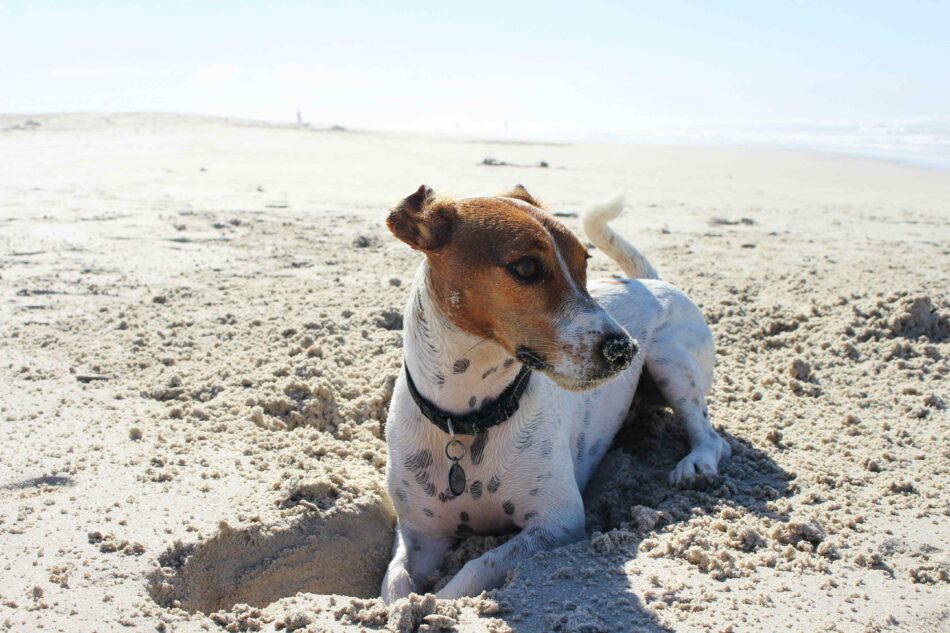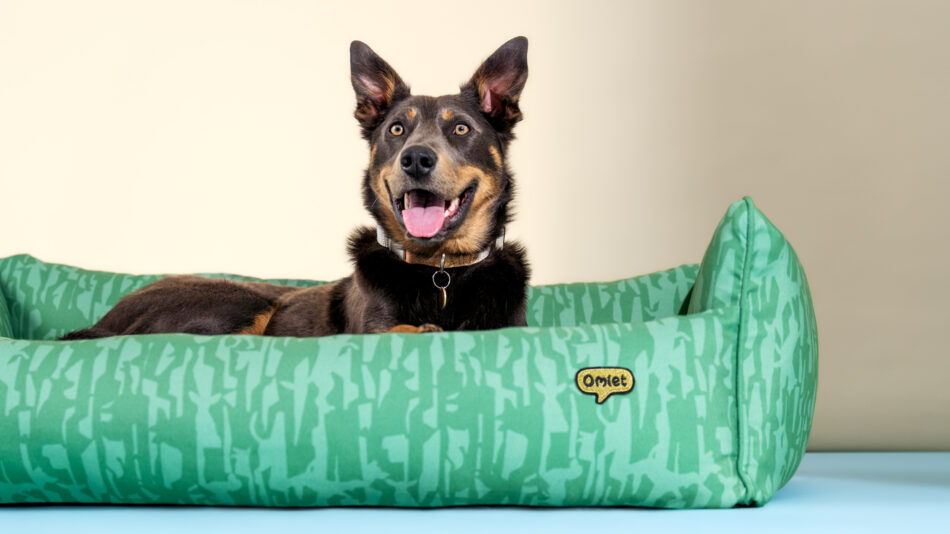Dog safety at the beach
Zoomies in the sand, chasing after seagulls, and dips with your dogs in the sea are all little pleasures of having your pup accompany you on seaside excursions. But the beach can have some hidden hazards, which is why dog safety at the beach is important knowledge to take with you. Here’s a practical guide to keeping your dog safe by the sea so your family can focus on the fun.
But first, beach rules
Before you head for the sand with your dog, you’ll need to check the rules and regulations of the particular beach you’re planning to visit. Some beaches may not allow dogs, and those that do probably have leash laws and other restrictions for visitors of the canine variety. Check to see if there are designated dog zones at your beach, or if there are any hour or seasonal restrictions for dogs.
Keeping dogs safe in the sea and on the sand
Once you’ve found a dog-friendly beach, you’ll want to prepare yourself and your pup with some coastal dog summer safety tips. These will help ensure you and your dog have the best time possible while being mindful of your surroundings and those you may be sharing the beach with — both human and otherwise.
Risks to dogs in the ocean
The ocean itself poses risks to your dog. Even if your pup isn’t eager to splash in the surf, you’ll need to be on the lookout for these potential dangers.
- Rip tides and strong waves can quickly knock a dog off their feet and pull them back out to sea. Even if your dog is a strong swimmer, it’s important to keep a firm hold on their leash while they swim.
- Ingesting saltwater can quickly cause digestional upset in dogs. Don’t allow your dog to lap at the waves, and try your best to keep their head above water at all times to prevent accidental ingestion and eye irritation.
- Native marine life like jellyfish, crabs, or even broken shells and coral can pose an injury risk to your dog. Always be aware of your surroundings, and keep your dog from getting friendly with any marine life they may encounter.
It’s a good idea to have a high-visibility life jacket for your dog if they’re the type to spend time in the sea. This will help prevent fatigue from swimming, and give you something to see and grab onto in the event the current causes your dog to drift.
Heat hazards
Summer is prime beach-time, with the weather often being sweltering. The ocean offers a reprieve from the heat, but it’s important to make sure that your pup isn’t getting too hot in between water breaks. Make sure your dog has plenty of shade under an umbrella or canopy, and bring lots of cool drinking water. And test the sand with your bare feet — if it’s too hot for you, it’s too hot for your dog’s pads.
Consider planning your beach visit for early morning or late evening to avoid the hottest part of the day. Keep a close eye on your dog for signs of heat stress, which can progress to heatstroke, Signs of heat stress in dogs include:
- Excessive panting and drooling
- Lethargy
- Vomiting
- Pale or sticky gums
Flat-faced breeds like Bulldogs or Pugs are more prone to heat stress than other breeds, but all dogs should be monitored closely in hot weather.
Sand safety
The waves wash up all kinds of treasures, but some may harm your dog. Watch out for shell fragments, glass, driftwood, or other sharp objects. Be on the lookout for dead fish or jellyfish that may intrigue your dog, and steer your dog clear of any sandcastle projects as a courtesy to your beach-going neighbors. Some beaches allow vehicles to drive along the shoreline, so use extra caution with your dog by keeping them on a short leash at these locations.
What to bring to the beach
With safety in mind, it’s time to pack for your beach day. Here’s a quick checklist to help you organise your dog’s beach bag:
- Leash and harness
- Water bowl and fresh water
- Shady solutions like an umbrella or pop up shelter
- Towels
- Poop bags for quick cleanup
- Water-safe toys
- Treats for training reinforcement
- Basic dog first aid kit for mild cuts, stings, or sand irritation
Post-beach recovery
A fun day at the beach leaves you feeling sun-kissed and ready to wind down. You’ll be ready to be rid of the grit before bedtime — and so will your pup. Give your dog a bath with a mild dog shampoo to remove salt and sand from their coat and paws. Check their fur and pads (especially between their toes) for any redness or abrasions, and check their ears for any irritation. Once your dog is clean, offer them fresh water to encourage them to rehydrate.
Omlet and your dog
Make the next beach day with your dog safe, comfortable, and memorable with Omlet. Our dog bowls are rugged for on-the-go hydration, and our dog beds are perfect for those post-beach naps. Or, bring comfort along for your canine with a Cushion Dog Bed, the ultimate grab-and-go dog bed. At home or at the beach, you can trust Omlet to keep your pup supported.
This entry was posted in Dogs


